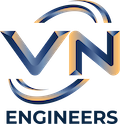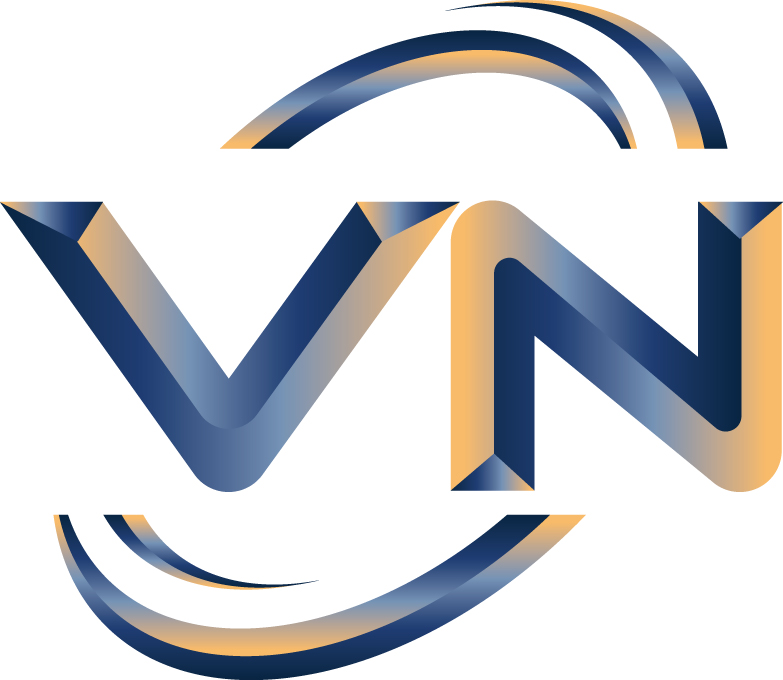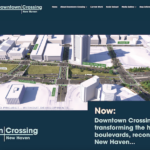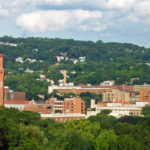Why 12 Foot Wider Traffic Lanes Are Not Safer Than 10 Foot Lanes

One would assume that a wider traffic lane would be safer but a recent study by Jeff Speck AICP, LEED-AP, CNU-A, Honorary ASLA provided convincing data to show the opposite to be true. During a Future of Transportation series Mr. Speck challenged the current conventions that 12-foot traffic lanes are safer than 10-foot lanes. This was especially relevant for city streets with the main problem focused on speed. Simply put, drivers tend to speed when they have more room and when they go faster accidents become more harmful.
In a new study, Dewan Masud Karmin P.Eng., PTOE, evaluated dozens of intersections in Toronto and Tokyo. His study linked lower crash rates to narrower lanes with 10 to 10.5 foot lanes showing reduced speeds and less severe collisions.
Narrow Lanes Are Safer
Based on this data, the ideal lane width is around 10.2 feet in Tokyo (3.1 meters) and 10.5 feet in Toronto (3.2 meters). Interestingly crash rates increased as lanes got too narrow and they also rose as lanes got wider. Karim declared that these results “clearly demonstrate why ‘conventional wisdom of lane width’ does not hold up to scientific scrutiny.”
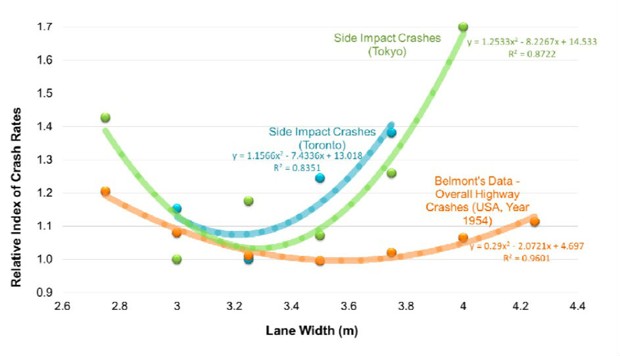
Crash rates in Toronto (blue) and Tokyo (green) were lowest in lanes between 10 and 10.5 feet wide.
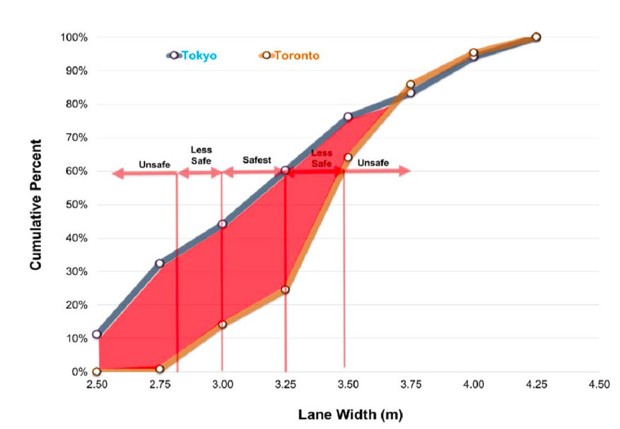
Tokyo (blue) tends to have narrower travel lanes than Toronto (orange), which might explain why collisions occur there at slower speeds.
Narrow Lanes Still Carry Lots of Traffic
The current rationale for larger lanes is that 12 foot lanes reduce congestion but with proper planning 10 foot lanes can provide a larger benefit as recently demonstrated in New York City. To make way for bike lanes many streets were narrowed, providing a safe alternative transportation option for city inhabitants.
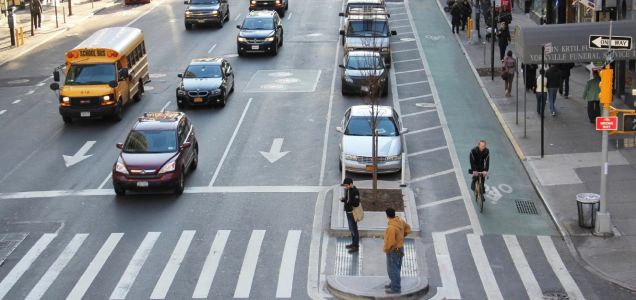
[wc_divider line="single" margin_top="" margin_bottom=""]
Transportation Planning and Traffic Engineering
VN Engineers Inc. offers roadway design services from corridor studies to the management of NEPA style preliminary engineering to environmental studies. We use an integrated team approach to the design process which draws from our construction management experience. With input from our construction staff, our designers are able to produce high quality constructible and biddable plans. Working as a subconsultant we have partnered with dozens of firms to provide traffic, M&PT/MOT, signal and lighting plans.
- Planning Services (Roadway/Bike/Ped)
- Design of Signalization
- Traffic Impact Studies
- Illumination Design
- Tunnel Illumination
- Parking Loading and Geometric Design
- Signing and Pavement Markings
- Maintenance and Protection of Traffic during Construction
- Data Collection Origin and Destination Surveys
- Parking Studies
- Traffic Management Studies
- Traffic Calming
- Traffic Operations Studies
- Traffic Safety Enhancement
- Utility Coordination
- GIS Mapping Services
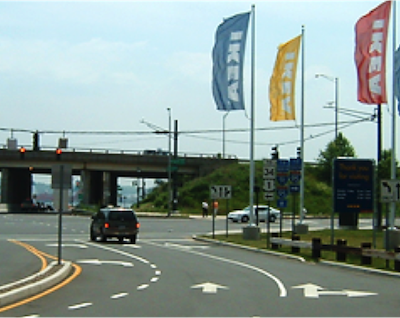
VN Engineers, Inc. is a subconsultant responsible for Operational Analysis and Capacity Analysis for six signalized intersections and three un-signalized intersections using SYNCHRO and Highway Capacity software. We have collected accident data, summarized in collision diagrams and prepared warrant analysis for four intersections.
VN also prepared PE report-outlining improvements which address safety and operations to I-84 and the Route 34 and Route 25 intersection, including acceleration lanes, deceleration lanes, taper lengths and the need for turning lanes. The design of three traffic signals and traffic signal improvements for four signalized intersections including quantities and special provisions.
Additionally, we have conducted traffic signing inventory of I-84 and surrounding roadway network. VN has prepared preliminary and final ground mounted and overhead signing plans, including guide signs, regulatory signs and warning signs as well as any other signs required for the freeway corridor, ramps and local streets. Prepared quantities and special provisions.
